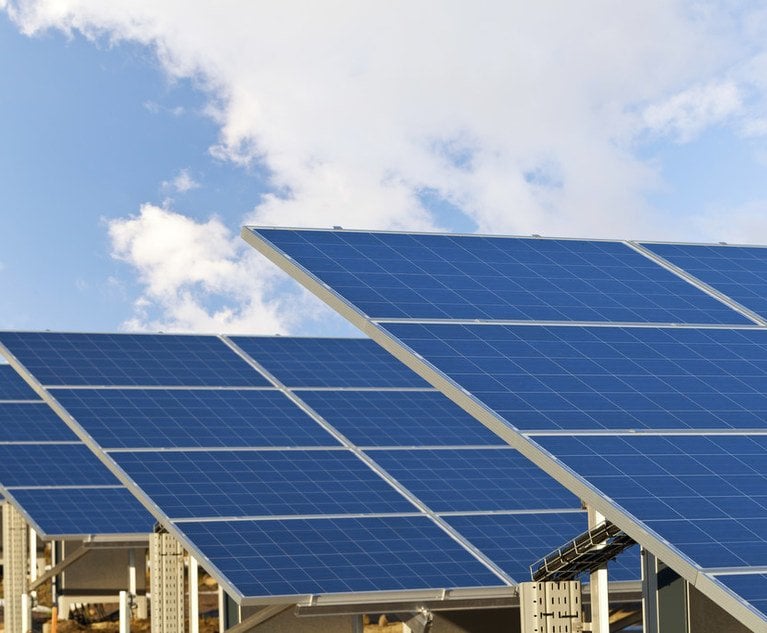 There is a lot of innovation in renewable energy around resiliency. Incorporating both design and operational best practices such as hail stow and torque audits can go a long way in ensuring asset resilience. Credit: Shawn Hempel
There is a lot of innovation in renewable energy around resiliency. Incorporating both design and operational best practices such as hail stow and torque audits can go a long way in ensuring asset resilience. Credit: Shawn Hempel
As we head into hurricane season, guarding against weather-related perils is top of mind for property owners. Crippling damage to a solar farm in Nebraska from a massive hail storm in June was the latest to make headlines, in a string of notable outsized natural catastrophe losses suffered by solar asset owners and their insurers in recent years, particularly from major hail and hurricane events.
Recommended For You
Want to continue reading?
Become a Free PropertyCasualty360 Digital Reader
Your access to unlimited PropertyCasualty360 content isn’t changing.
Once you are an ALM digital member, you’ll receive:
- Breaking insurance news and analysis, on-site and via our newsletters and custom alerts
- Weekly Insurance Speak podcast featuring exclusive interviews with industry leaders
- Educational webcasts, white papers, and ebooks from industry thought leaders
- Critical converage of the employee benefits and financial advisory markets on our other ALM sites, BenefitsPRO and ThinkAdvisor
Already have an account? Sign In Now
© Touchpoint Markets, All Rights Reserved. Request academic re-use from www.copyright.com. All other uses, submit a request to [email protected]. For more inforrmation visit Asset & Logo Licensing.







